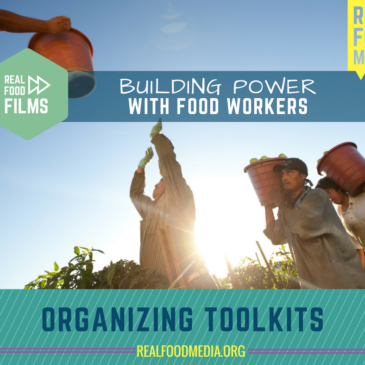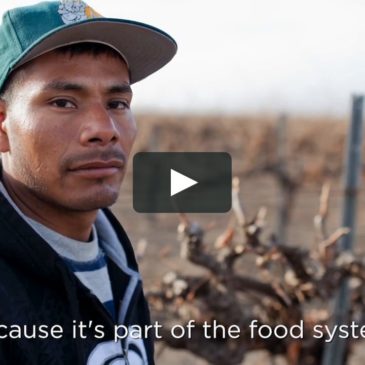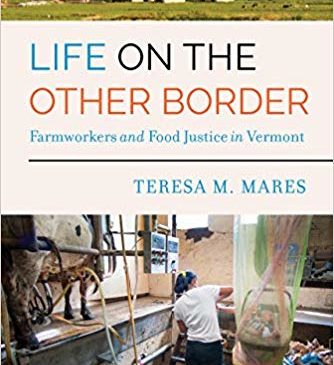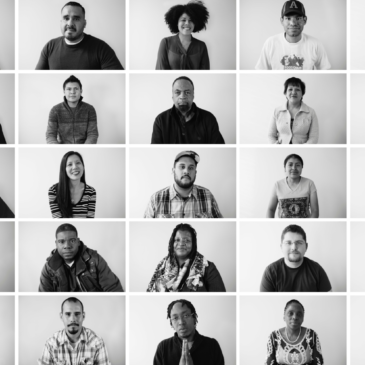From fast food to organic to fine dining, there is no food without the labor of millions of food and farm workers.
If you care about a healthy and sustainable food system, the wellbeing of those at the heart of that system—workers and food producers—is key. In the United States, over 21 million food sector workers toil in some of the lowest paid and most dangerous jobs in the country. Eight out of ten of the lowest paying jobs are food system jobs—growing, harvesting, processing, butchering, transporting, preparing, selling, and serving food.
Ironically, many of these “food chain” workers struggle to put food on their own tables. Overrepresented among the hungry, food workers use food stamps at a rate more than 50 percent higher than the average US worker and suffer food insecurity at almost twice the national rate, according to the Food Chain Workers Alliance. Women, immigrants, and workers of color are particularly vulnerable in this system.
Many of those who work in the fields harvesting fruits and vegetables, as well as in processing plants and restaurant kitchens, are immigrants. Immigrant food and farm workers are increasingly fearful of deportation and retaliation if they speak out about labor abuses. These abuses include wage theft, pesticide exposure and poisoning, child labor, long work hours with few breaks, racial and ethnic discrimination, unsafe working conditions, sexual harassment, and lack of access to health benefits.
There is an increasing number of worker justice campaigns and certification programs—the Fair Food Program, the Fight for 15, and the Good Food Purchasing Program, to name just a few—that consumers can get involved in to stand in solidarity with food chain workers. And everyone can do their part by showing their local restaurants, supermarkets, and other businesses that consumers care about the dignity and livelihoods of workers.








